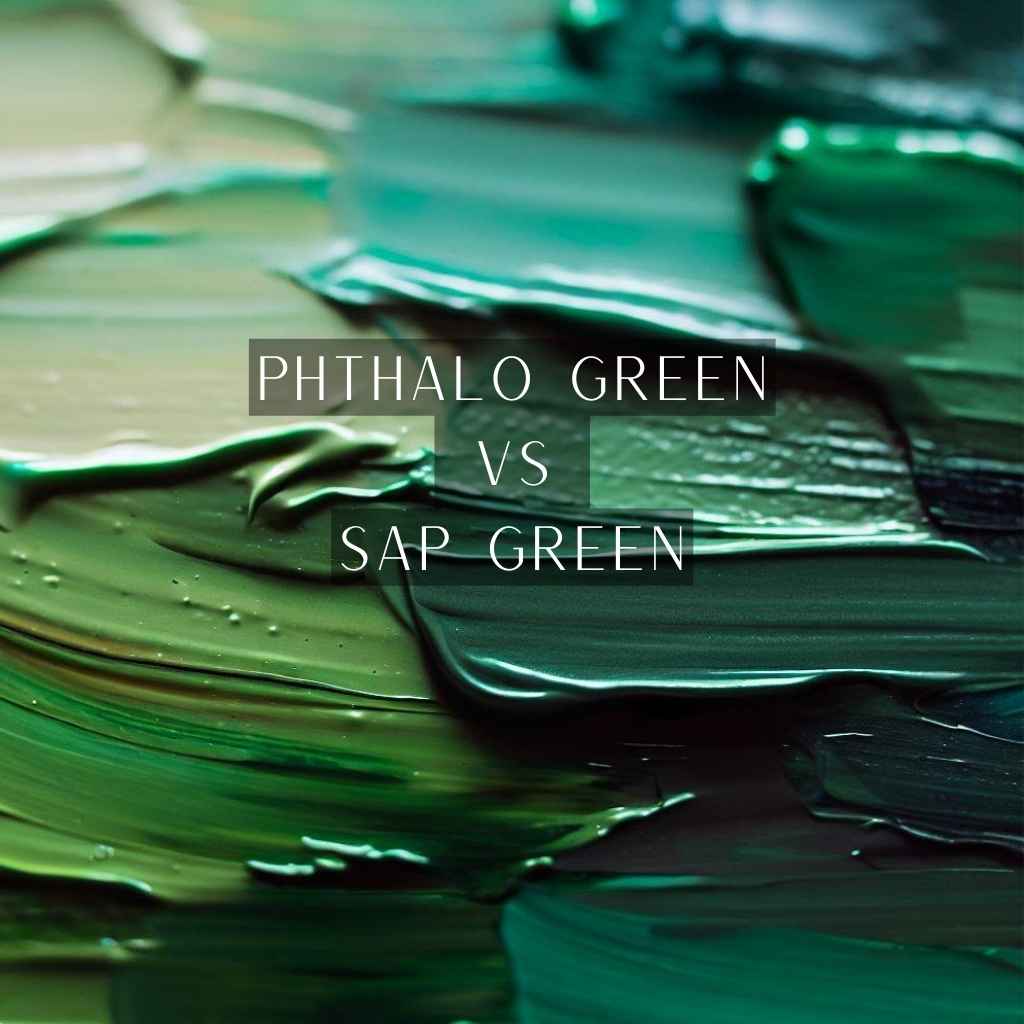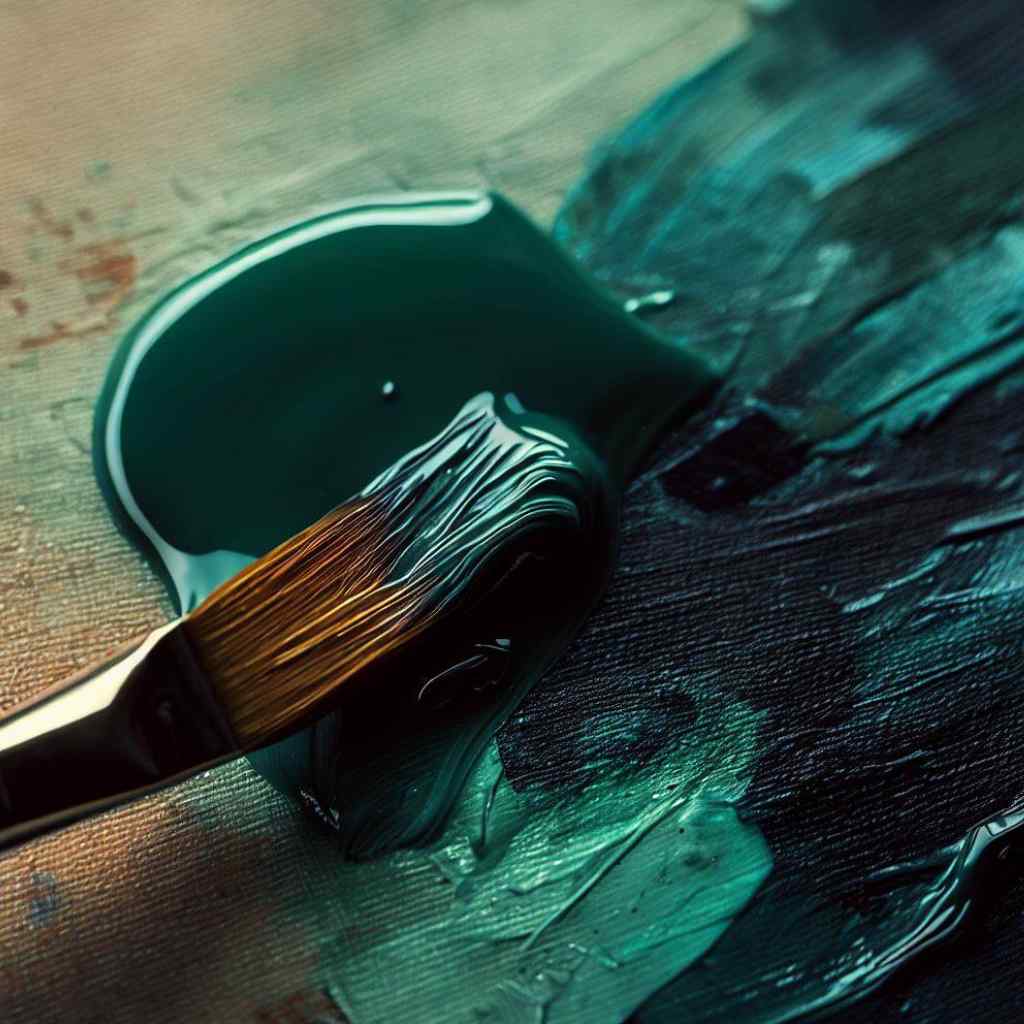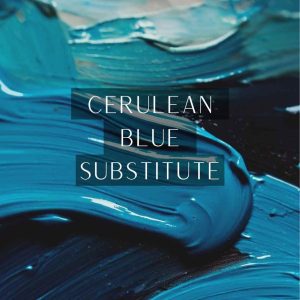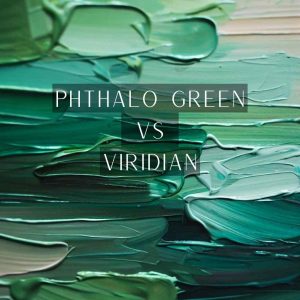In the world of artistry, where the canvas transforms into a portal of boundless imagination, a captivating clash of colors is about to unfold – a duel that will challenge your perceptions and spark your creativity.
Enter the realm of Phthalo Green and Sap Green, two captivating shades engaged in an artistic rivalry that has piqued the curiosity of many. We’re confronted with a fascinating dilemma as we delve into the depths of this phthalo green vs sap green face-off.
Let’s unravel the mystery of phthalo green vs sap green, and discover how each hue brings its own palette of possibilities to the world of art.
Phthalo Green: The Vibrant Contender
Phthalo Green traces its roots to a fascinating intersection of chemistry and artistic innovation. Developed in the mid-20th century, its name itself is derived from “phthalic anhydride,” one of the key components in its creation.
This chemical marvel brought forth a hue that immediately set itself apart due to its striking and electric qualities.
Its unmatched vibrancy sets Phthalo Green apart from the rest of the green spectrum. It’s as if this shade has captured the essence of nature’s most vivid moments – from the lushness of dense forests to the brilliance of tropical waters. Its vibrancy isn’t merely eye-catching; it’s a magnetic force that draws the viewer into the heart of the artwork.
Sap Green: The Earthy Challenger
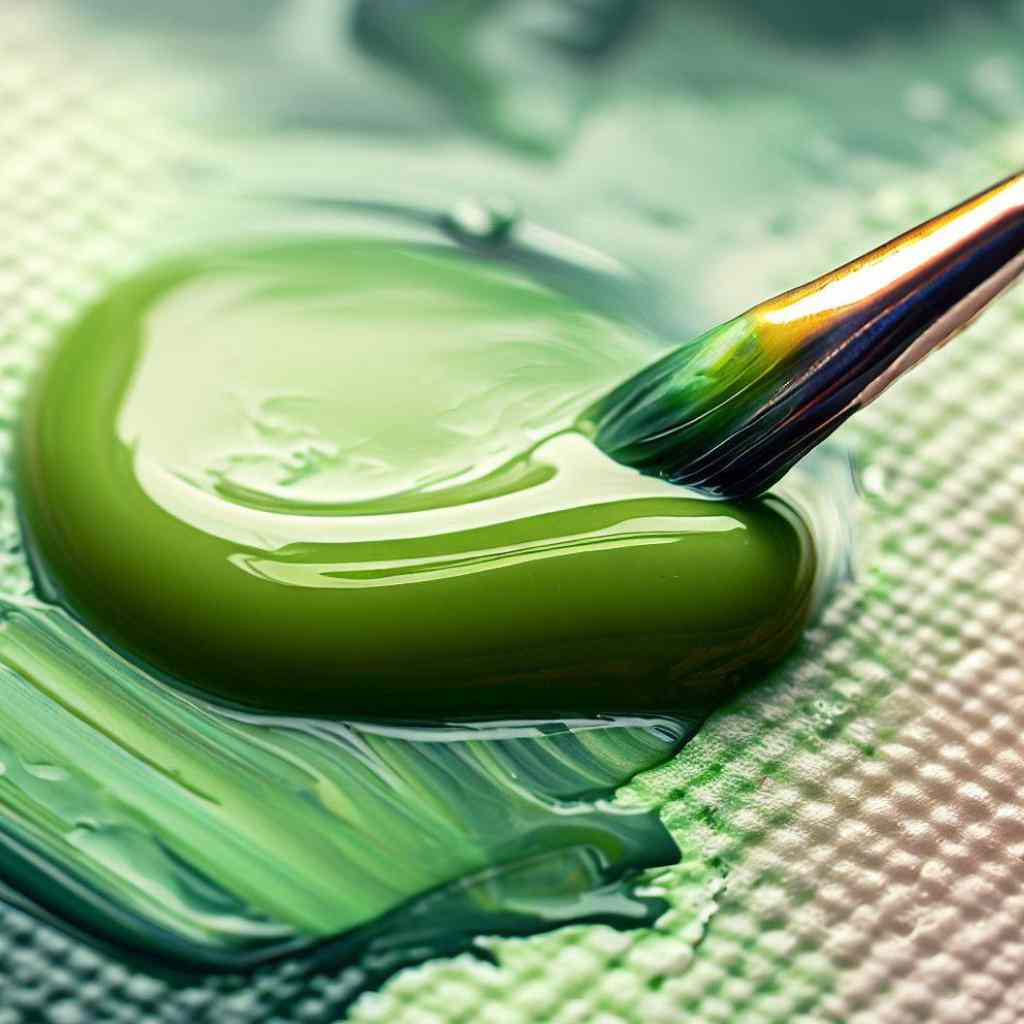
Sap Green’s story is one of connection with the natural world. Historically, this pigment was derived from the juice of unripe buckthorn berries or the sap of certain plants, lending it its evocative name.
In the era before synthetic pigments, artists looked to the environment to craft colors, and Sap Green emerged as a reflection of this deep connection between art and nature.
What sets Sap Green apart is its gentle, soothing charm. It’s as if the color carries within it the tranquility of a forest glade or the serenity of a shaded meadow. While it may lack the vibrant intensity of other greens, Sap Green compensates with a subtlety that invites viewers to pause, reflect, and immerse themselves in its calming embrace.
Phthalo Green vs Sap Green: A Head-to-Head Comparison
In the spectrum of greens, Phthalo Green and Sap Green emerge as distinct personalities, each with their own set of characteristics that define their place on the palette-
Color Brilliance and Intensity
Phthalo Green emerges as the luminary. Its hues radiate with a vivacity that commands attention and engages the eye. The sheer vibrancy of Phthalo Green seems to defy the boundaries of the canvas, imbuing artworks with an electrifying energy that captivates the viewer’s gaze.
In contrast, Sap Green offers a more subdued yet equally enchanting allure. Its intensity is characterized by a tranquil elegance, drawing observers in with its understated charm. Where Phthalo Green shouts, Sap Green whispers, inviting contemplation and encouraging a deeper exploration of its nuances.
Transparency and Opacity
Phthalo Green, with its transparent nature, orchestrates a delicate dance with underlying layers. Its transparency allows glimpses of hidden colors to peek through, contributing to the complexity of the visual narrative.
This transparency enhances the luminosity of Phthalo Green, making it a favorite for creating luminous glazes and translucent effects that mimic the play of light.
In contrast, Sap Green leans towards opacity. Its richness and depth lend themselves to layering, providing a sense of depth and solidity to artworks. This opacity grants Sap Green the power to shroud underlying layers in an air of mystery, creating a sense of depth and intrigue.
Lightfastness and Longevity
Phthalo Green stands as a beacon of resilience in the face of time. Its excellent lightfastness ensures that the brilliance it brings to the canvas remains intact, enduring the ravages of light exposure and preserving the artist’s intentions.
Sap Green, while possessing a respectable degree of lightfastness, may require a touch more caution in terms of prolonged exposure to light. Artists who choose to incorporate Sap Green into their compositions would be wise to take into consideration the environment in which their artwork will reside.
By doing so, they can ensure that the earthy charm of Sap Green maintains its integrity for generations to come.
Mixing Capabilities
Phthalo Green, with its intense character, lends itself splendidly to the act of mixing. It becomes a catalyst for creating secondary and tertiary hues that can be seamlessly integrated into an artwork.
It’s capacity to harmonize with other shades results in transitions that are as smooth as they are visually engaging.
On the other hand, Sap Green takes on the role of a dynamic partner in the realm of mixing. Its natural variations and subdued tones allow artists to explore the power of contrast.
When combined with warmer or cooler tones, Sap Green adds an element of surprise and complexity, enriching the visual narrative with layers of depth.
Best Uses of Phthalo Green
Phthalo Green, with its electrifying vibrancy and distinctive character, finds its moment to shine in a variety of scenarios, making it an invaluable addition to any artist’s palette-
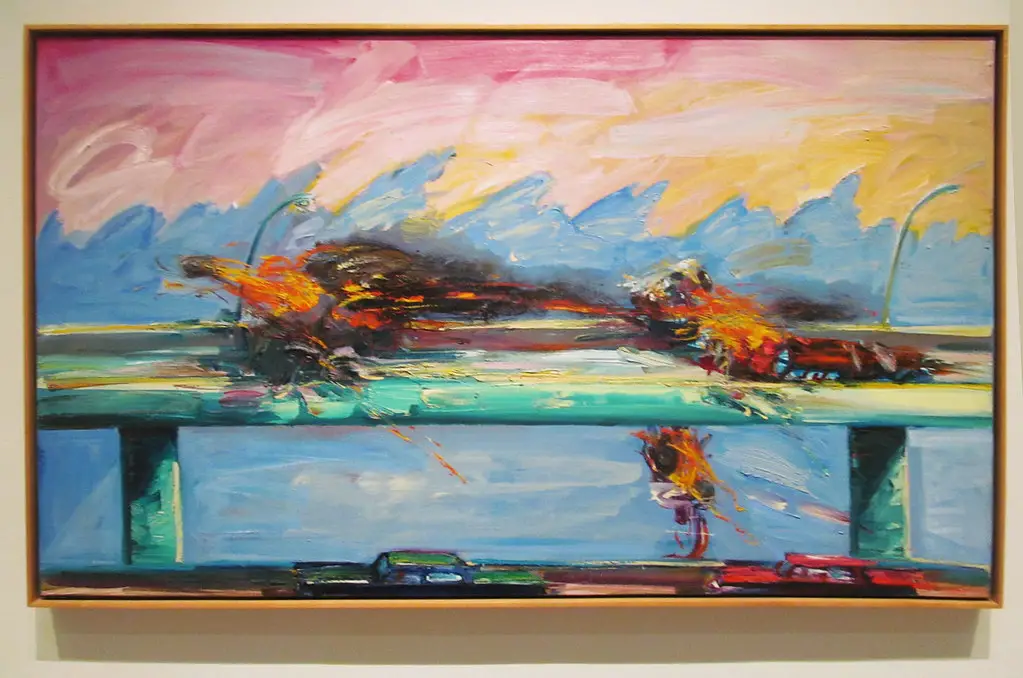
- Electric Brilliance for Modern and Abstract Artworks: Phthalo Green steps onto the stage as a frontrunner, ready to infuse contemporary and abstract artworks with its dynamic brilliance. Its intense hues resonate with the spirit of the times, capturing attention and commanding engagement.
Whether it’s the sleek lines of geometric abstraction or the expressive bursts of color in pop art, Phthalo Green is a natural fit, adding an element of visual excitement that resonates with the modern aesthetic.
- Depth in Landscapes and Seascapes: Landscapes and seascapes are windows to the natural world, inviting viewers to immerse themselves in scenes of beauty and tranquility. Phthalo Green steps into these settings as a master of depth, enhancing the sense of distance and space within the composition.
In lush forests, it captures the interplay of light filtering through leaves, creating an intricate dance of shadows and highlights. By mingling seamlessly with other greens, Phthalo Green becomes the catalyst for capturing the lush expanses of nature with unparalleled vitality.
- Glazing and Layering Techniques: Phthalo Green, with its transparent nature, becomes a magician’s wand in the hands of those who practice the art of glazing and layering.
Through delicate applications of translucent Phthalo Green, artists can achieve ethereal effects that mimic the play of light and depth found in the natural world.
This technique is particularly effective when seeking to imbue a composition with a sense of luminosity or when crafting atmospheric effects that draw the viewer into the heart of the artwork.
Best Uses of Sap Green
Sap Green, with its earthy charm and unique qualities, steps into the limelight as a pigment that finds its perfect moments in various artistic endeavors-
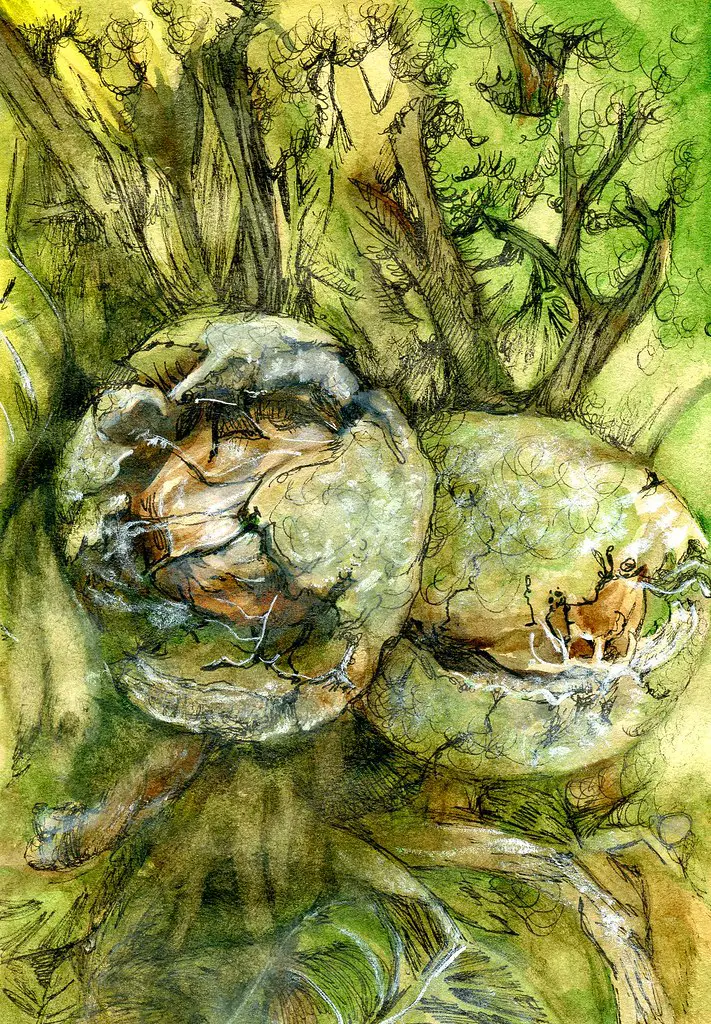
- Capturing Nature’s Subtlety: Sap Green emerges as a natural choice, replicating the myriad shades found in leaves, petals, and stems. Its muted, earthy tones allow artists to recreate the gentle gradations of color that give botanical subjects their realistic allure.
Whether it’s the velvety texture of a rose petal or the intricate veins of a leaf, Sap Green lends itself to the meticulous precision that botanical art demands.
- Traditional and Classical Painting Styles: Sap Green’s historical roots and subdued tones align beautifully with the aesthetics of realism, where the artist’s goal is to mirror reality with meticulous accuracy.
By blending harmoniously with other earthy tones, Sap Green contributes to the creation of timeless masterpieces that pay homage to the artistry of the past.
- Harmony and Balance: Sap Green, with its earthy and calming qualities, becomes an instrument in the hands of artists seeking to create compositions that exude tranquility.
When combined with other warm or cool tones, it fosters a sense of equilibrium that resonates with the observer. The careful inclusion of Sap Green allows artists to evoke emotions of serenity, grounding, and a connection to the natural world.
FAQs
- How do Phthalo Green and Sap Green behave when diluted with water?
Both Phthalo Green and Sap Green exhibit interesting behaviors when diluted with water in watercolor painting. Phthalo Green can create intense washes, while Sap Green can produce delicate and soothing gradations.
- How do Phthalo Green and Sap Green interact with other colors on the color wheel?
Phthalo Green is often found near the cooler blues on the color wheel, creating dynamic contrasts when paired with warm colors. Sap Green, with its earthy undertones, can bridge warm and cool tones harmoniously.
- How to make sap green and phthalo green?
Create Sap Green by blending warm yellow pigments like Cadmium Yellow with a cool blue like Phthalo Blue. Adjust the yellow-to-blue ratio to achieve the earthy, natural green with subtle undertones that define Sap Green. Test and refine the mixture until you reach the desired shade. To create phthalo green, start with Phthalo Blue pigment as your base and introduce a touch of warm yellow pigment like Cadmium Yellow. Experiment with the yellow-to-blue ratio to achieve the desired vibrancy. Always test the resulting color before application.
Conclusion
As our journey through the world of artistic greens draws to a close, a vivid tapestry of contrasts and nuances emerges from the duel of Phthalo Green and Sap Green.
From the intense vibrancy of Phthalo Green to the earthy elegance of Sap Green, we’ve ventured through a spectrum of emotions and aesthetics. The canvas has become a playground where the duel of phthalo green vs sap green has unfolded, offering a glimpse into the artist’s dilemma of choice.
With brushes in hand, we’ve navigated landscapes and explored portraits, experimenting with harmonies and contrasts.
Our journey may end here, but the legacy of phthalo green vs sap green lives on, inspiring artists to paint their stories with colors that resonate with their creative souls.

